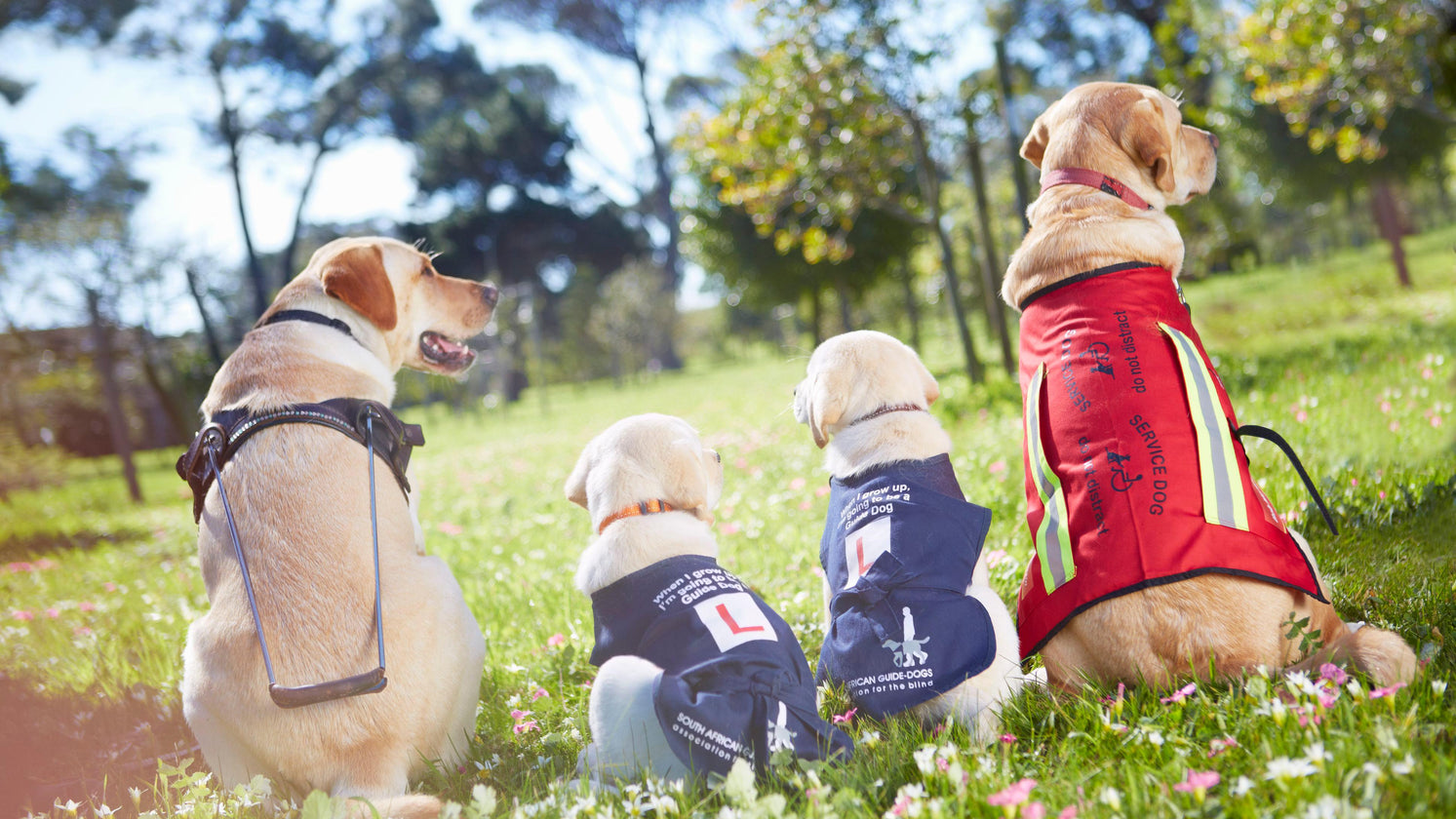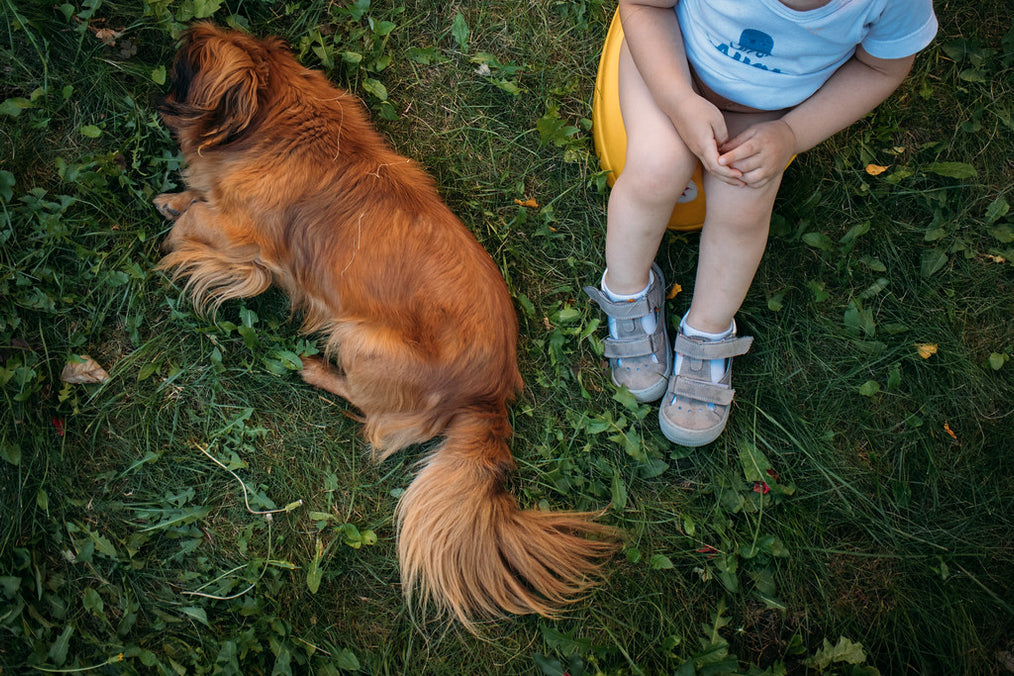7 Different Types of Assistance Dogs And What They Do

Assistance dogs are one of the biggest blessings for people who suffer from different long-term medical conditions or disabilities. They can help you become independent again while also bringing back your confidence. While there are many different types of service dogs, here are seven of the most common ones used today:
Diabetic Alert Dogs
Diabetic Alert Dogs are also known as Diabetic Service Dogs. This specific type of service dog is trained to be aware of moments where your blood sugar is either too high or too low by sniffing. Through this, you will be able to ingest insulin or glucose quickly before your blood level reaches a dangerous point. Your diabetic alert dog will alert you to check your blood levels depending on their training. And this is one of the many reasons why keeping a diabetic-alert dog can save your life, and protect you from dangerous situations.
Seizure Alert Dogs

Seizure Alert Dogs are one of the most contentious types of assistance dogs. Only a small number of dogs have attained such an ability. This comes despite the fact that neurologists have suggested that there is no evidence to prove that dogs have that ability. On the other hand, many patients or trainers have insisted their dogs predict any incoming seizures. As a matter of fact, there have been reported cases of dogs that have predicted seizures without receiving any form of training.
Autism Support Dogs
Autism Support Dogs are also called Autism Assistance Dogs. They are trained to help people with autism and assist them in any kind of situation. Autism Support Dogs mostly assist children with autism. This dog will assist in social situations. ASD dogs can even comfort a child during stressful moments, which is immensely helpful for the child and the parents as a whole. These types of service dogs for autism are a blessing and they truly deserve an animal portrait of their own. ASDs can even improve the child’s confidence over time and provide a sense of ease if he or she has difficulty sleeping.
Allergy Detection Dogs
Recently, there has been an increase in the number of people with food allergies. Along with this comes the need for an allergy detection dog. Depending on the training, allergy detection dogs sniff out foods or ingredients such as peanuts or gluten. Anything that may cause an allergic reaction. ADD's are often paired with children to be alert of any allergies at school, etc. You may even consider them as a guardian for a child or children. They can provide a child with security and a sense of independence. Furthermore, young children who prefer exploring the world with their hands and eating almost everything will be better off with ADD if they are allergic to certain foods.
Guide Dogs

Guide dogs are very common in this generation. Guide dogs are specially trained to assist blind and visually impaired people by helping their blind companions navigate obstacles in their house and especially outside. There are certain types of dog breeds that are mainly chosen for this job. Labrador retrievers, Golden Retrievers, and Lab/Golden hybrids. Guide dogs learn to be responsible for a space that is a few sizes bigger or taller than themselves, as their owner is taller. A great example is where a blind man and his guide dog may be walking in an area surrounded by trees. There might be a low branch, that is higher than the dog but not its companion. Therefore, they will alert their companion so that he/she will be safe. They also help their owner to stop at curbs, locate where to move, how to cross safely through a crowd, and recognize potential hazards.
Hearing Dogs
Hearing dogs assist people with a type of hearing impairment or if they are deaf. They are alert during noises which include babies' crying, doorbells, and alarms. Hearing dogs also tap their companions and lead them towards the noise. It is quite efficient to have this dog if a person has issues with their hearing. And other than everyday noises, the dog can alert their owner of any crucial danger noises and signs, for example, fire alarms going off, smoke alarms, etc. People with profound hearing loss actually benefit from hearing dogs in many ways. One very significant way is that they encourage other people to approach you and break the communication barrier. This makes you gain more social confidence. Moreover, since hearing dogs are paired with deaf people, the noise of the dog barking cannot be heard by the person. Which is the reason why hearing dogs are trained to alert their owners through the form of physical touch.
PTSD Service Dogs

PTSD service dogs are trained to identify symptoms of PTSD within a person who has been diagnosed with PTSD. During such moments, a PSTD service dog will try its best to provide a sense of comfort or ease to the person by laying its head on its chest, licking its owner’s hand, etc. We will never be able to properly thank these types of service dogs for PTSD as they do so much for us. However, getting digital pet portraits made for them is one way we can truly give them a sense of belonging. Not all PTSD service dogs use the same tactics. Some wake their owner up during a nightmare faced by the person. Others simply watch their back in public and act as a physical barrier between their owner and a nearby stranger.
Do you know someone who has an assistance dog? Perhaps a family member or a friend? And are you scrambling to find the perfect gift for their dog's birthday? Why don't you get them a custom pet poster!
Best Sellers

WATERCOLOUR

THE YOUNG QUEEN

MINIMALIST DESIGN

MINIMALIST PET PORTRAIT

THE GENERAL

THE ICE QUEEN

THE ROYAL COUPLE

THE CONVICT

THE PRESIDENT

THE BOURGEOIS COUPLE

WATERCOLOUR SIBLING



